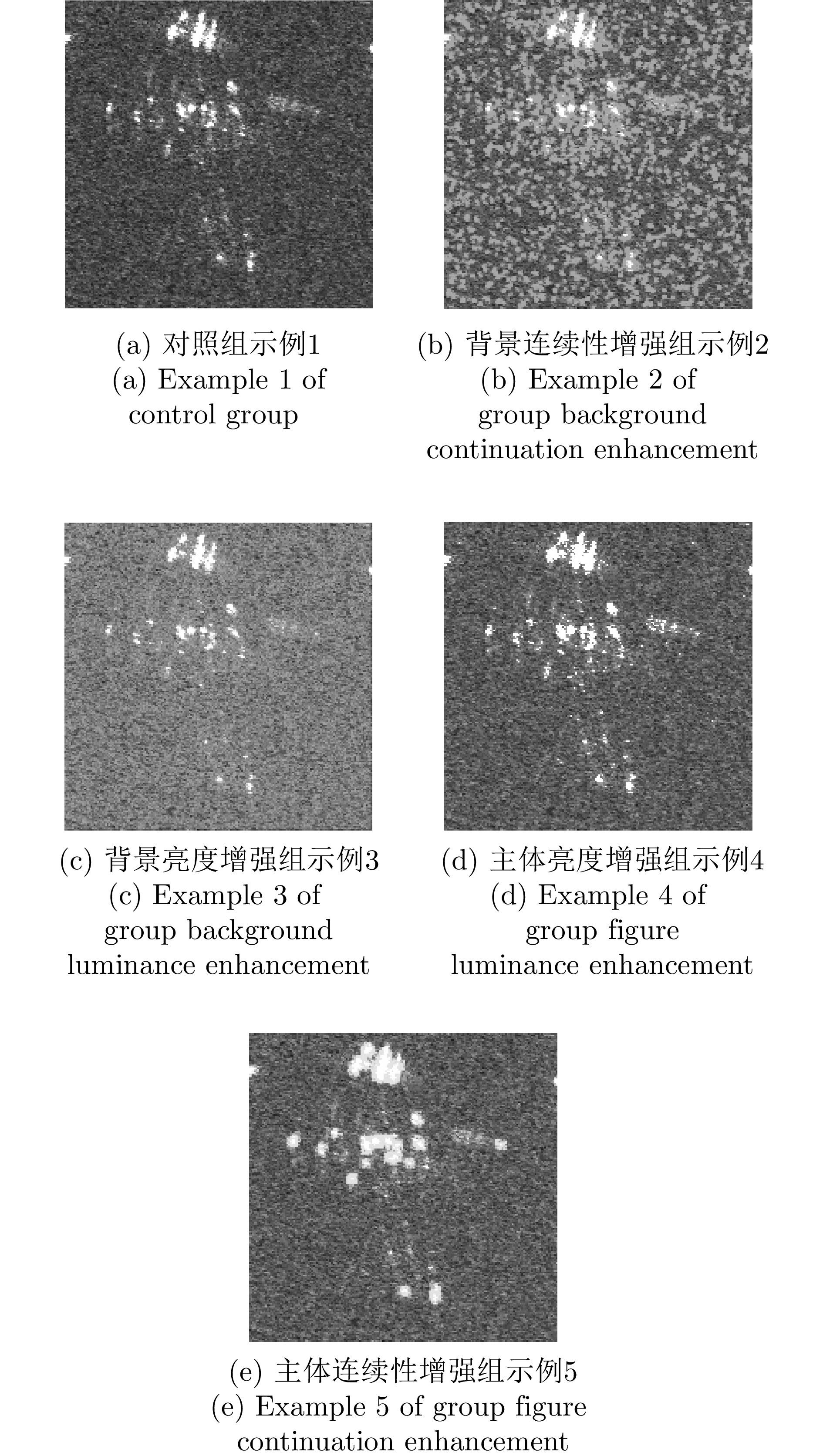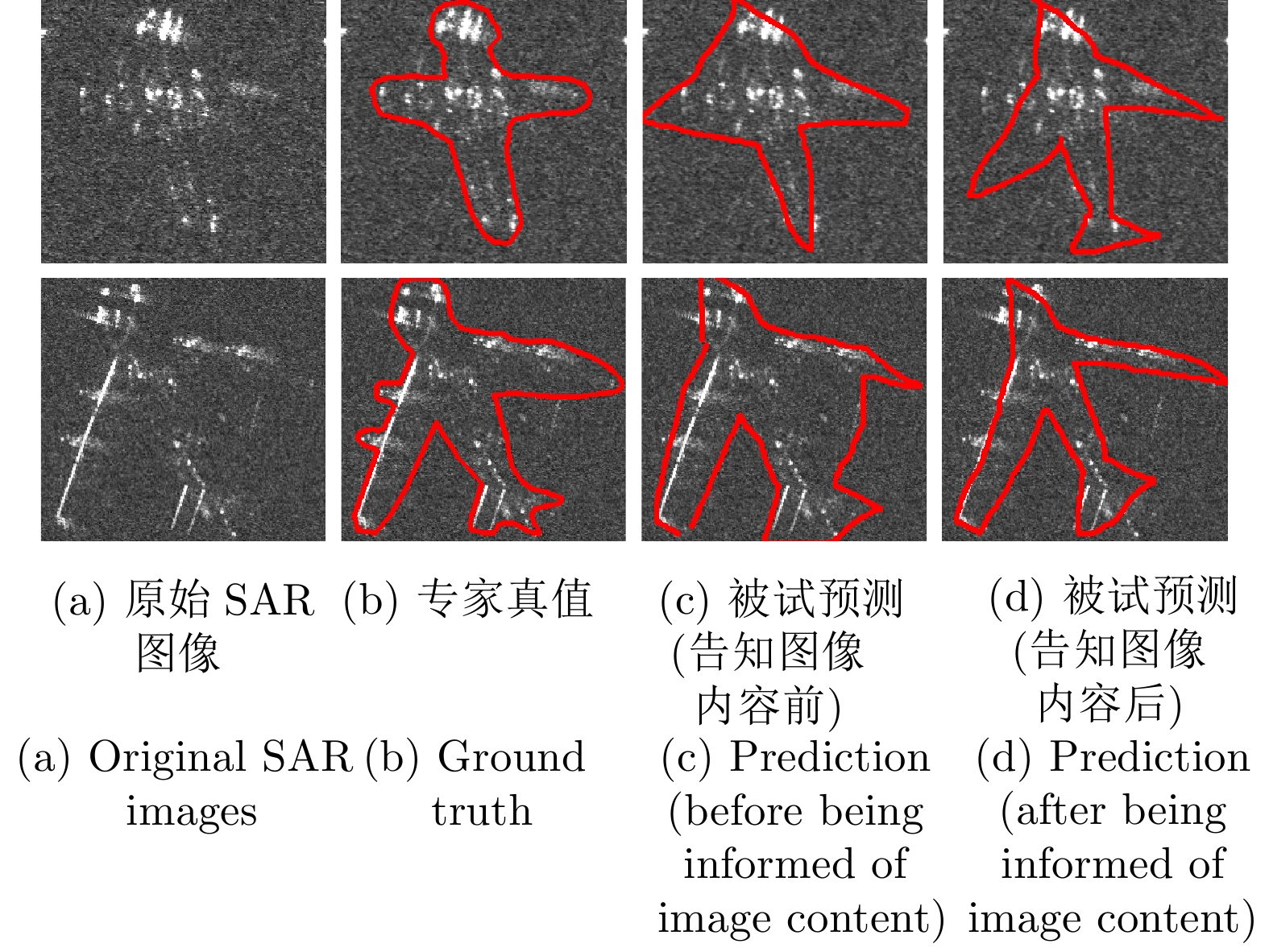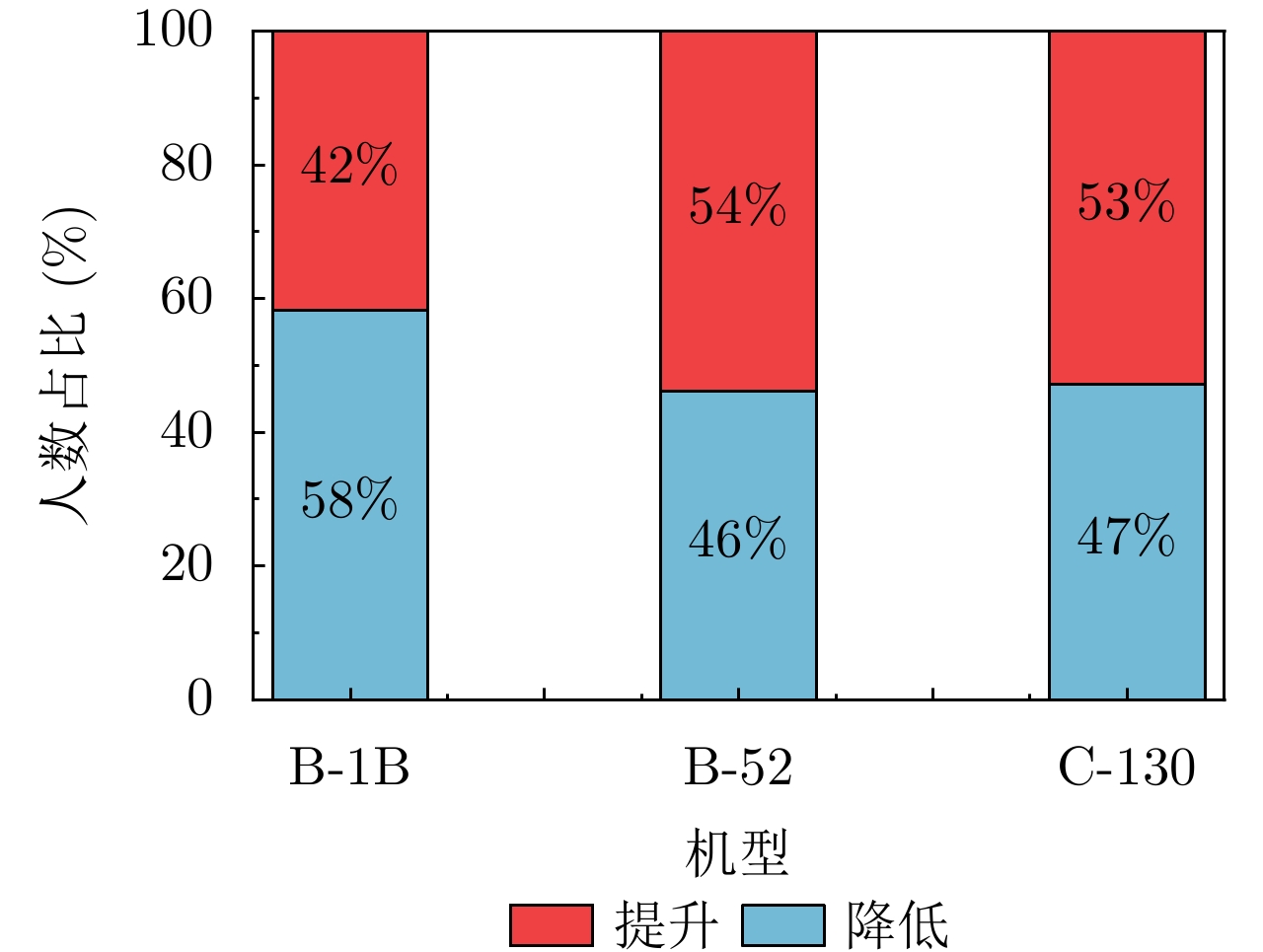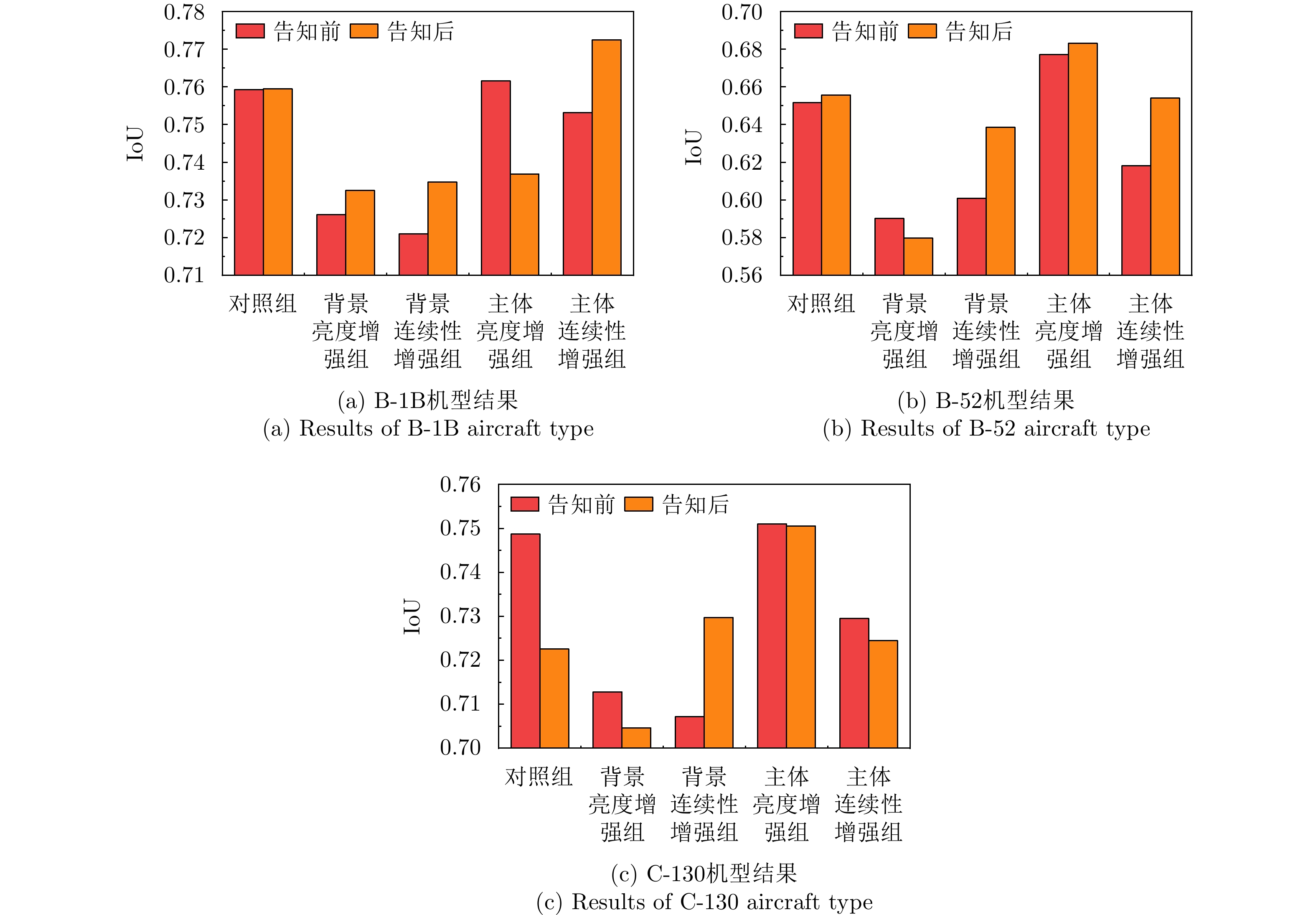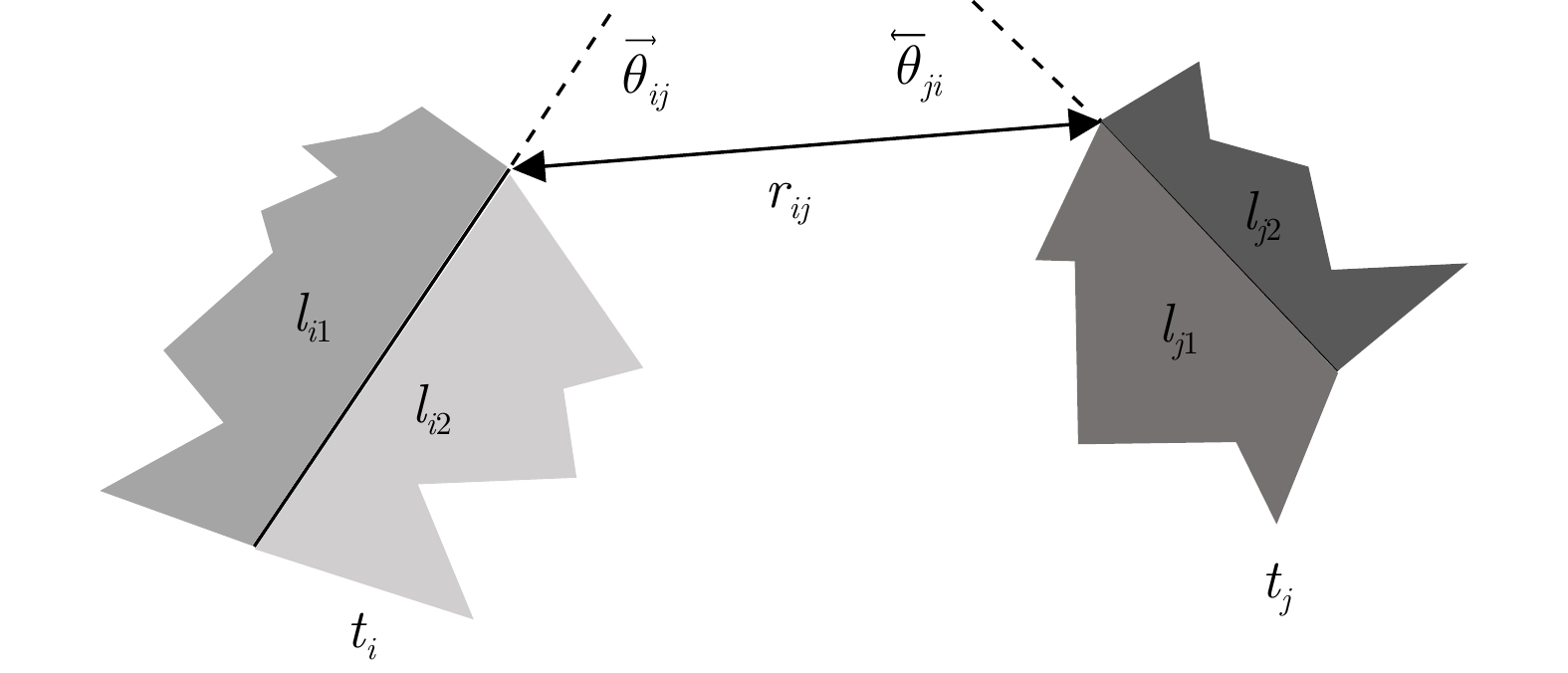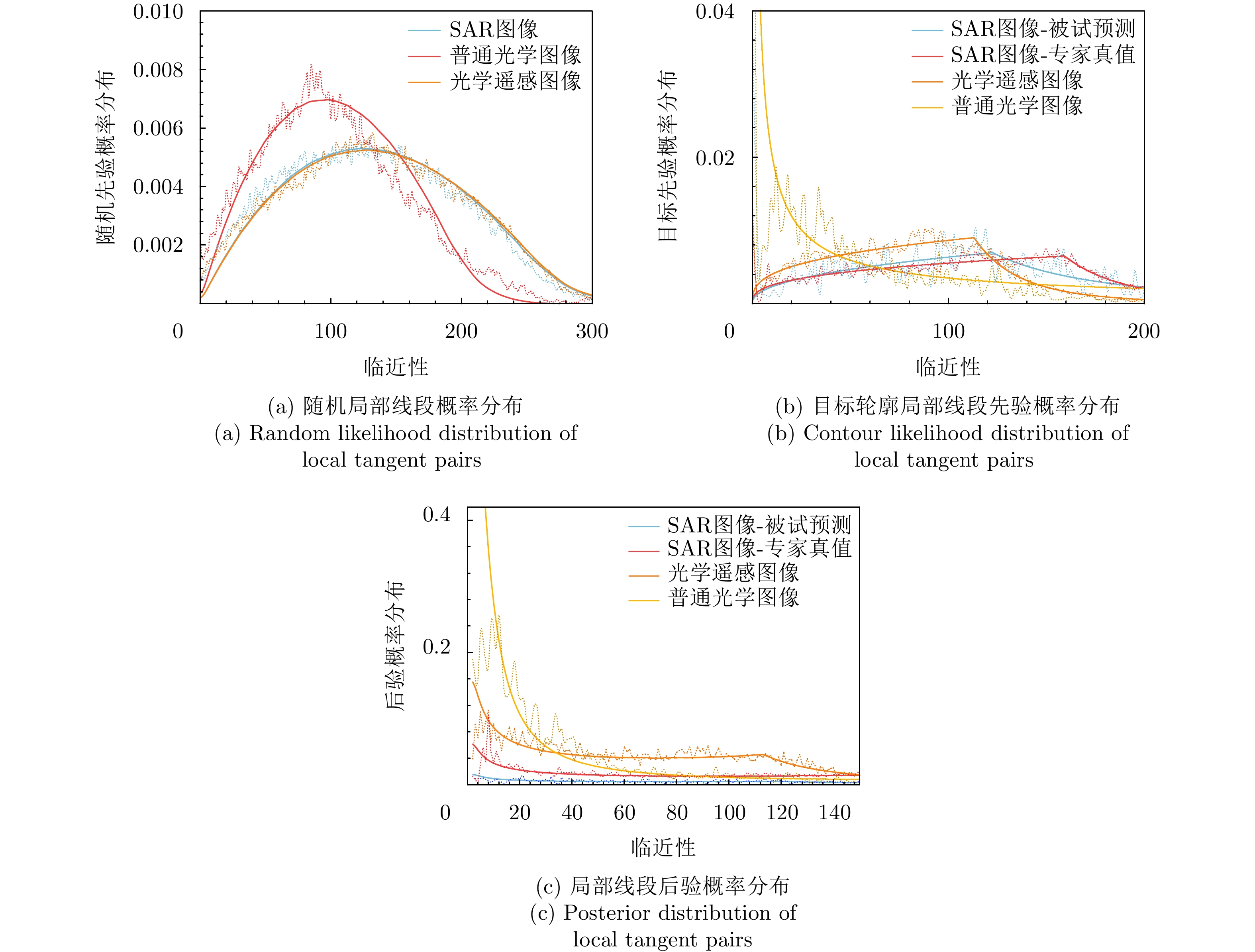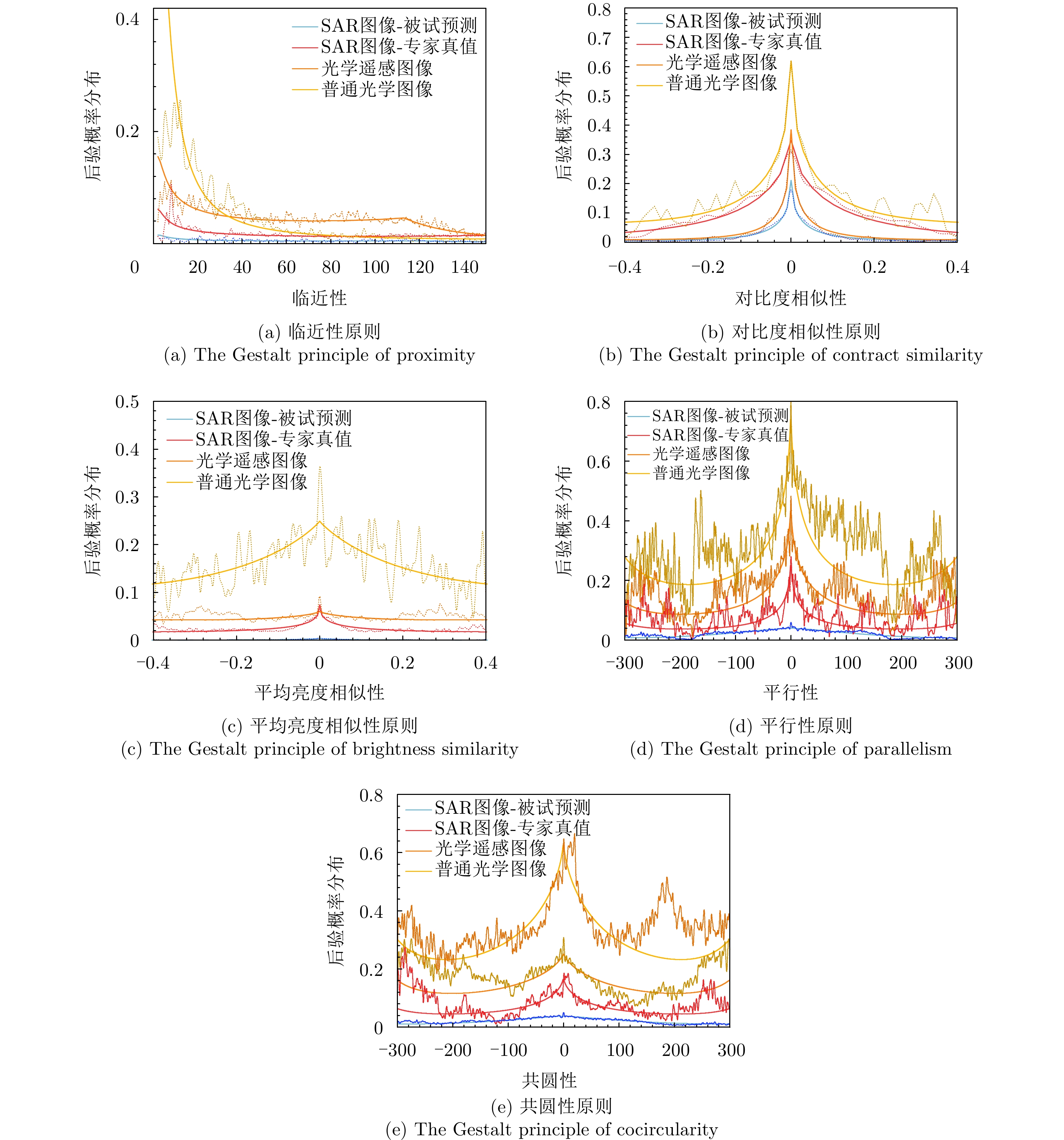| [1] |
魏钟铨. 合成孔径雷达卫星[M]. 北京: 科学出版社, 2001.
WEI Zhongquan. Synthetic Aperture Radar Satellite[M]. Beijing: Science Press, 2001.
|
| [2] |
保铮, 邢孟道, 王彤. 雷达成像技术[M]. 北京: 电子工业出版社, 2005.
BAO Zheng, XING Mengdao, and WANG Tong. Radar Imaging Technology[M]. Beijing: Publishing House of Electronics Industry, 2005.
|
| [3] |
王磊. 深度学习框架下的极化SAR影像信息表达与分类研究[D]. [博士论文], 武汉大学, 2020.
WANG Lei. Polarimetric SAR image information representation and classification based on deep learning[D]. [Ph.D. dissertation], Wuhan University, 2020.
|
| [4] |
XU Feng and JIN Yaqiu. From the emergence of intelligent science to the research of microwave vision[J]. Science & Technology Review, 2018, 36(10): 30–44. doi: 10.3981/j.issn.1000-7857.2018.10.004. |
| [5] |
金亚秋. 多模式遥感智能信息与目标识别: 微波视觉的物理智能[J]. 雷达学报, 2019, 8(6): 710–716. doi: 10.12000/JR19083. JIN Yaqiu. Multimode remote sensing intelligent information and target recognition: Physical intelligence of microwave vision[J]. Journal of Radars, 2019, 8(6): 710–716. doi: 10.12000/JR19083. |
| [6] |
丁赤飚, 仇晓兰, 徐丰等. 合成孔径雷达三维成像—从层析、阵列到微波视觉[J]. 雷达学报, 2019, 8(6): 693–709. doi: 10.12000/JR19090. DING Chibiao, QIU Xiaolan, XU Feng, et al. Synthetic aperture radar three-dimensional imaging—from TomoSAR and array InSAR to microwave vision[J]. Journal of Radars, 2019, 8(6): 693–709. doi: 10.12000/JR19090. |
| [7] |
JIN Yaqiu and XU Feng. General analysis for future spatial electromagnetic information technologies[J]. Bulletin of National Natural Science Foundation of China, 2021, 35(5): 688–693. doi: 10.16262/j.cnki.1000-8217.2021.05.003. |
| [8] |
CHEN Sizhe, WANG Haipeng, XU Feng, et al. Target classification using the deep convolutional networks for SAR images[J]. IEEE Transactions on Geoscience and Remote Sensing, 2016, 54(8): 4806–4817. doi: 10.1109/TGRS.2016.2551720. |
| [9] |
仇晓兰, 焦泽坤, 杨振礼, 等. 微波视觉三维SAR关键技术及实验系统初步进展[J]. 雷达学报, 2022, 11(1): 1–19. doi: 10.12000/JR22027. QIU Xiaolan, JIAO Zekun, YANG Zhenli, et al. Key technology and preliminary progress of microwave vision 3D SAR experimental system[J]. Journal of Radars, 2022, 11(1): 1–19. doi: 10.12000/JR22027. |
| [10] |
COLE S and BALCETIS E. Motivated perception for self-regulation: How visual experience serves and is served by goals[J]. Advances in Experimental Social Psychology, 2021, 64: 129–186. doi: 10.1016/bs.aesp.2021.04.003. |
| [11] |
乐国安, 韩振华. 认知心理学[M]. 天津: 南开大学出版社, 2011: 36–37.
LE Guoan and HAN Zhenhua. Cognitive Psychology[M]. Tianjin: Nankai University Press, 2011: 36–37.
|
| [12] |
WAGEMANS J, ELDER J H, KUBOVY M, et al. A century of Gestalt psychology in visual perception: I. Perceptual grouping and figure–ground organization[J]. Psychological Bulletin, 2012, 138(6): 1172–1217. doi: 10.1037/a0029333. |
| [13] |
WAGEMANS J, FELDMAN J, GEPSHTEIN S, et al. A century of Gestalt psychology in visual perception: II. Conceptual and theoretical foundations[J]. Psychological Bulletin, 2012, 138(6): 1218–1252. doi: 10.1037/a0029334. |
| [14] |
STERNBERG R J. Cognitive Psychology[M]. Fort Worth, USA: Harcourt Brace College Publishers, 1996.
|
| [15] |
MARR D. Vision: A Computational Investigation into the Human Representation and Processing of Visual Information[M]. Cambridge, USA: MIT Press, 2010.
|
| [16] |
CHANG D, NESBITT K V, and WILKINS K. The Gestalt principles of similarity and proximity apply to both the haptic and visual grouping of elements[C]. The Eight Australasian Conference on User Interface, Ballarat, Australia, 2007: 79–86.
|
| [17] |
WERTHEIMER M. Untersuchungen zur Lehre von der Gestalt[J]. Gestalt Theory, 2017, 39(1): 79–89. doi: 10.1515/gth-2017-0007. |
| [18] |
ELLIS W D. A Source Book of Gestalt Psychology[M]. London, UK: Kegan Paul, Trench, Trubner & Company, 1938: 71–88.
|
| [19] |
KOFFKA K. Principles of Gestalt Psychology[M]. New York: Harcourt, Brace, 1935.
|
| [20] |
ATTNEAVE F. Some informational aspects of visual perception[J]. Psychological Review, 1954, 61(3): 183–193. doi: 10.1037/H0054663. |
| [21] |
SIGMAN M, CECCHI G A, GILBERT C D, et al. On a common circle: Natural scenes and Gestalt rules[J]. Proceedings of the National Academy of Sciences, 2001, 98(4): 1935–1940. doi: 10.1073/pnas.98.4.1935. |
| [22] |
BLAIS C, ARGUIN M, and MARLEAU I. Orientation invariance in visual shape perception[J]. Journal of Vision, 2009, 9(2): 14. doi: 10.1167/9.2.14. |
| [23] |
|
| [24] |
MAN K, KAPLAN J T, DAMASIO A, et al. Sight and sound converge to form modality-invariant representations in temporoparietal cortex[J]. The Journal of Neuroscience, 2012, 32(47): 16629–16636. doi: 10.1523/JNEUROSCI.2342-12.2012. |
| [25] |
ELDER J H and GOLDBERG R M. Ecological statistics of Gestalt laws for the perceptual organization of contours[J]. Journal of Vision, 2002, 2(4): 5. doi: 10.1167/2.4.5. |
| [26] |
DESOLNEUX A, MOISAN L, and MOREL J M. Gestalt Theory and Computer Vision[M]. CARSETTI A. Seeing, Thinking and Knowing. Dordrecht: Springer, 2004: 71–101. doi: 10.1007/1-4020-2081-3_4. |
| [27] |
QI Yonggang, SONG Yizhe, XIANG Tao, et al. Making better use of edges via perceptual grouping[C]. 2015 IEEE Conference on Computer Vision and Pattern Recognition, Boston, USA, 2015: 1856–1865. doi: 10.1109/CVPR.2015.7298795. |
| [28] |
YAN Yijun, REN Jinchang, SUN Genyun, et al. Unsupervised image saliency detection with Gestalt-laws guided optimization and visual attention based refinement[J]. Pattern Recognition, 2018, 79: 65–78. doi: 10.1016/J.PATCOG.2018.02.004. |
| [29] |
FANG Yuming, ZHANG Xiaoqiang, YUAN Feiniu, et al. Video saliency detection by gestalt theory[J]. Pattern Recognition, 2019, 96: 106987. doi: 10.1016/J.PATCOG.2019.106987. |
| [30] |
ZHU Shanshan and YUNG N H C. Sub-scene segmentation using constraints based on Gestalt principles[J]. Journal of Visual Communication and Image Representation, 2014, 25(5): 994–1005. doi: 10.1016/j.jvcir.2014.02.017. |
| [31] |
YU Hang, ZHANG Xiangrong, WANG Shuang, et al. Context-based hierarchical unequal merging for SAR image segmentation[J]. IEEE Transactions on Geoscience and Remote Sensing, 2013, 51(2): 995–1009. doi: 10.1109/TGRS.2012.2203604. |
| [32] |
SOERGEL U, MICHAELSEN E, THIELE A, et al. Stereo analysis of high-resolution SAR images for building height estimation in cases of orthogonal aspect directions[J]. ISPRS Journal of Photogrammetry and Remote Sensing, 2009, 64(5): 490–500. doi: 10.1016/J.ISPRSJPRS.2008.10.007. |
| [33] |
MICHAELSEN E, SOERGEL U, and THOENNESSEN U. Perceptual grouping for automatic detection of man-made structures in high-resolution SAR data[J]. Pattern Recognition Letters, 2006, 27(4): 218–225. doi: 10.1016/j.patrec.2005.08.002. |
| [34] |
MICHAELSEN E, STILLA U, SOERGEL U, et al. Extraction of building polygons from SAR images: Grouping and decision-level in the GESTALT system[J]. Pattern Recognition Letters, 2010, 31(10): 1071–1076. doi: 10.1016/j.patrec.2009.10.004. |
| [35] |
FAUL F, ERDFELDER E, BUCHNER A, et al. Statistical power analyses using G *Power 3.1: Tests for correlation and regression analyses[J]. Behavior Research Methods, 2009, 41(4): 1149–1160. doi: 10.3758/BRM.41.4.1149. |
| [36] |
PALMER S E and BROOKS J L. Edge-region grouping in figure-ground organization and depth perception[J]. Journal of Experimental Psychology : Human Perception and Performance , 2008, 34(6): 1353–1371. doi: 10.1037/a0012729. |
| [37] |
SAWYER S F. Analysis of variance: The fundamental concepts[J]. Journal of Manual & Manipulative Therapy, 2009, 17(2): 27E–38E. doi: 10.1179/jmt.2009.17.2.27E. |
| [38] |
DRIVER J and BAYLIS G C. Edge-assignment and figure-ground segmentation in short-term visual matching[J]. Cognitive Psychology, 1996, 31(3): 248–306. doi: 10.1006/cogp.1996.0018. |




 Submit Manuscript
Submit Manuscript Peer Review
Peer Review Editor Work
Editor Work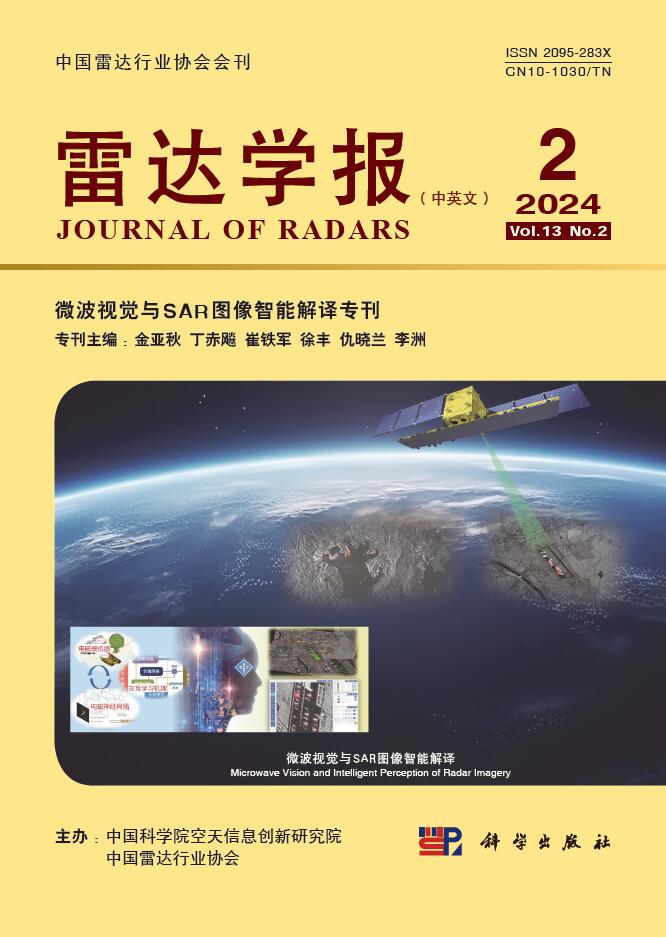





 DownLoad:
DownLoad:
